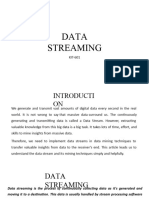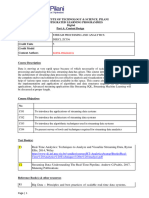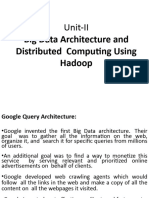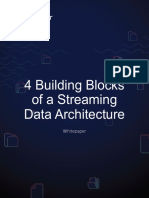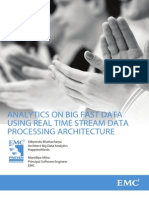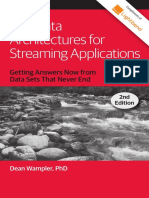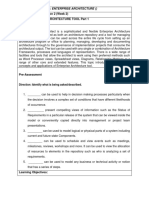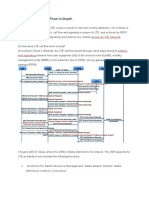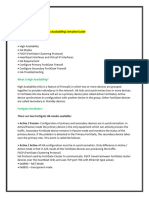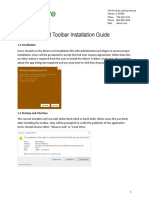0% found this document useful (0 votes)
13 views23 pagesReal Time Data Sentiment Analysis Report
The document outlines the transition of a Multi-Platform Sentiment Analysis System from historical data to real-time data, emphasizing the need for streaming pipelines, real-time preprocessing, and online model training. Key components include the use of APIs, SDKs, and tools like Apache Kafka and FastAPI to facilitate real-time data ingestion, processing, and serving. Additionally, it discusses infrastructure optimization strategies, such as Docker containers and Kubernetes for scaling and managing the system efficiently.
Uploaded by
shraddhanjalirao5Copyright
© © All Rights Reserved
We take content rights seriously. If you suspect this is your content, claim it here.
Available Formats
Download as DOCX, PDF, TXT or read online on Scribd
0% found this document useful (0 votes)
13 views23 pagesReal Time Data Sentiment Analysis Report
The document outlines the transition of a Multi-Platform Sentiment Analysis System from historical data to real-time data, emphasizing the need for streaming pipelines, real-time preprocessing, and online model training. Key components include the use of APIs, SDKs, and tools like Apache Kafka and FastAPI to facilitate real-time data ingestion, processing, and serving. Additionally, it discusses infrastructure optimization strategies, such as Docker containers and Kubernetes for scaling and managing the system efficiently.
Uploaded by
shraddhanjalirao5Copyright
© © All Rights Reserved
We take content rights seriously. If you suspect this is your content, claim it here.
Available Formats
Download as DOCX, PDF, TXT or read online on Scribd
/ 23













